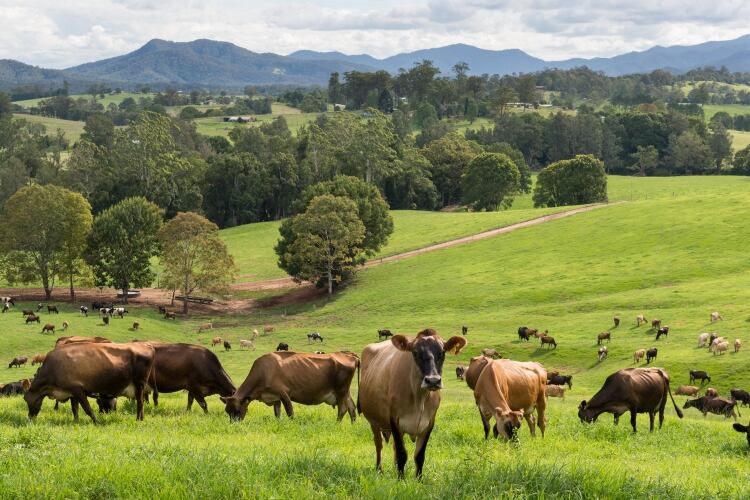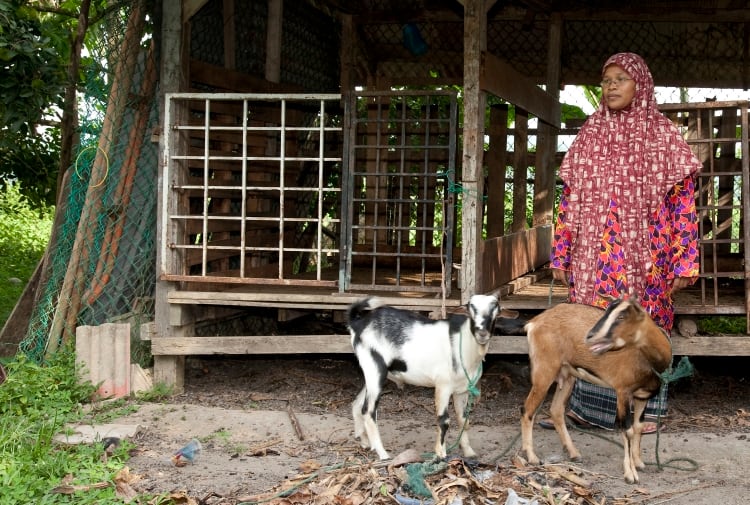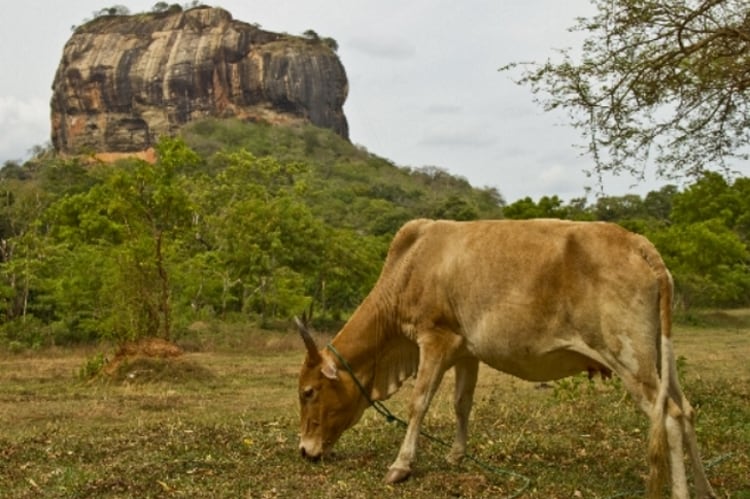One by one the other chains followed Woolworths last month, effectively ending a long era when shoppers have been paying one dollar (71 US cents) for a liter of milk, while suppliers complained of being crippled at the farmgate.
The wars began on January 26, 2011, when Australian supermarket heavyweight Coles began a war for market share against arch-rival Woolworths.
Experts cautioned that one dollar milk would have a big impact on Australian dairy farmers. They warned that northern farmers, who mainly sell their milk domestically, would be particularly badly affected, while the price of branded milk would also inevitably fall over time. They were right.
Swift backlash
The backlash against the move was swift and unprecedented and Coles was hauled up by the Australian Competition and Consumer Commission (ACCC) and a Senate inquiry within months.
"Coles' customers rightly expect us to keep prices for essential grocery items as low as possible. We will continue to put the interests of our customers first, by delivering on our commitment to offer quality and value,” Ian McLeod, then the managing director, said at the time.
While supermarkets have cashed in on a potent marketing tool—Coles chose the round number for no other reason than for it to stand out—Australian farmers have suffered. Through their various industry organizations, they have campaigned vociferously about their struggles with the environment and low prices and captured the public attention.
The sympathy even spread to Canberra, where agriculture minister David Littleproud had called on Australian shoppers to boycott Aldi and Coles for as long as the supermarkets continued to offer cheap milk.
Following Woolworths’ decision to raise its prices in February, Coles and Aldi also bowed to pressure from their dairy suppliers, and pledged they would raise prices by 10 cents per liter too, with the extra money also going directly to the farmers.
Woolworths chief executive Brad Banducci pointed out that straightforward economics was not the only factor that informed his decision to be the first to charge more for its regular milk. Its farmers were struggling so badly, they had to be heard.
“We’ve heard the outlook will continue to be extremely tough for dairy farmers right across the country,” Banducci said as he revealed the price increase.
“This is affecting milk production and farm viability, which is devastating for farmers and the regional communities in which they live. It’s clear something needs to change and we want to play a constructive role in making this happen.”
Acknowledging the scale of the problem farmers face amid a long drought and low market prices, Banducci continued, "While we’re realistic [raising prices] won’t solve broader structural issues, we hope it will help inject much needed confidence into the sector and the regional communities dairy farmers do so much to support.”
But will it help?
Now the platitudes have died down, it’s worth looking at if upping the liter price of milk is going to be of any great help to farmers.
“Only a bit,” according to Richard Holden, professor of economics at the University of New South Wales, who says nearly three quarters of the milk produced in Australia is subject to prices that are set globally.
“Milk prices are internationally set,” he explained. “The milk market does not just consist of dairy farmers, supermarkets and customers. There are also the processors—companies such as the ASX-listed Murray Goulburn, Parmalat, Lion and Fonterra—that stand between farmers and supermarkets.”
The Department of Agriculture says 37% of Australian milk production is exported, and around 35% goes into locally consumed butter, cheese and milk powder that is subject to competition from imports.
“You can quickly see the prices of nearly three-quarters of the milk produced in Australia are set globally,” Prof. Holden added.
It is even more the case if one considers Dairy Australia’s estimate that 90% of annual movement in farmgate prices is the result of changes in international prices that are beyond the effective control of Australian farmers and regulators. Many price fluctuations are brought about by changes in the exchange rate.
It could be that the dollar pricing has been what’s hurting farmers, especially in light of the Australian Competition and Consumer Commission’s examination of the dairy industry last year, which could not find evidence that the supermarket policy had a direct impact on farmgate prices.
Hurting some consumers
More positively, when in usual circumstances, a price increase would go to someone in the value chain who was unlikely to be a farmer, now the supermarkets have pledged the price difference will go straight to the farmer. Processors would be the usual beneficiary.
“It is tempting to think an increase in retail prices, like the Woolworths 10 cents, would help farmers. But it normally wouldn’t much,” said Prof. Holden. “This time it will be different.”
But while it is to be seen if direct remuneration can make up enough for farmers as low global prices control much of their businesses, the consumers who can afford it least are the ones who will suffer most.
Banducci said Woolworths was “acutely aware of the budgetary pressures facing many of our customers and have not taken this decision lightly”.
“He is right to recognize it will hurt customers,” said Prof Holden. “For a typical family of four with average milk consumption, the extra 10 cents a liter works out at about A$40 a year.” By contrast it will not hurt consumers who buy branded milk like a2, he added.
With dairy farming an unforgiving industry in Australia, farmers are the least powerful players in the value chain that runs from cows to customers via importers, processors and supermarkets.
“Dairy farming is difficult, and much of Australia is less than ideally suited to it,” said Prof Holden. “Farmers have to contend with volatile prices, drought and isolation.
“Neither government intervention nor higher retail prices can do much to help them.”




